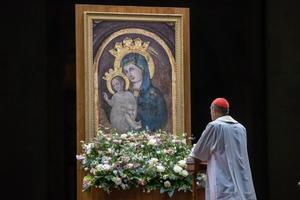Dress Like the Saints: Inside the Closets of Holy Men and Women
The garments of the saints reveal something about their stories.
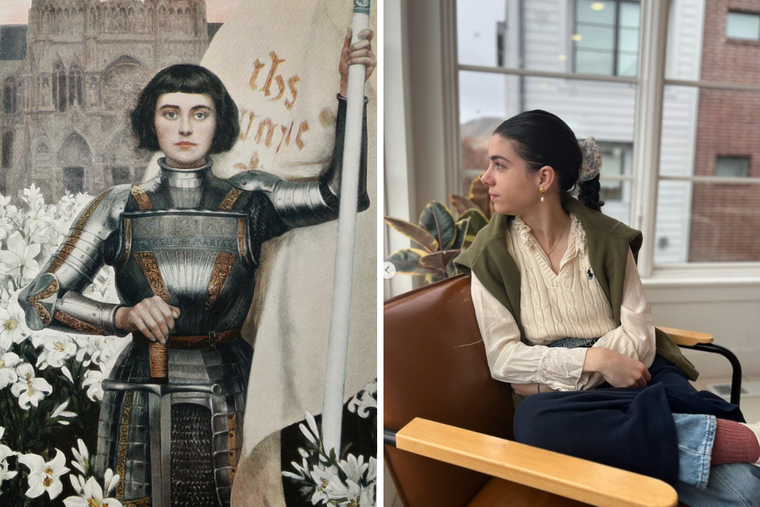
Clothing is not merely a covering but innately communicates something about the human person. Pope St. John Paul II fleshes out in his work Man and Woman He Created Them: A Theology of the Body that we are body-soul creatures; the body expresses the soul. Therefore, clothing, as the covering of the body, communicates the person. Whether you intend it or not, your garments communicate something about you and what you are about.
The garments of the saints reveal something about their stories. In some instances, the meaning behind their garments is obvious and intentional (the theological significance of a Carmelite habit), while for others it is a subtle expression of their personality and how they preached the Gospel.
Some might retort, “Typical layperson clothing as a sign of the Gospel? Please.”
I challenge you — are we not called to encounter the living God in all aspects of life? Are we not called to preach the Gospel with our whole being — through every area of life?
Pope Benedict XVI emphasizes this idea in his work The Spirit of the Liturgy, “Worship always includes the whole conduct of one’s life. … A demand is made on the body in all its involvement in the circumstances of everyday life. The body is required to become ‘capable of resurrection,’ to orient itself toward the resurrection, toward the Kingdom of God. … What begins in the liturgy is meant to unfold further beyond it.”
We have the capacity to elevate natural and ordinary things to become a means for prayer when we offer it back to God. This is not a discussion about what to wear to Mass — but how our everyday garments have the capacity to become a reminder of the nearness of our God when we choose to dress intentionally.
Clothing is mentioned more than 100 times in Scripture and often as a tangible sign of God’s mercy. God made quality garments for Adam and Eve (Genesis 3:21). The Lord made sure the Israelites’ clothes lasted for 40 years in the desert (Deuteronomy 8:4). The faithful ones sent into persecution did not perish and their clothes did not burn in the furnace (Daniel 3:27). The Lord calls us to put off the robe of mourning and to be wrapped in his splendor (Baruch 5:1-2). The father covers the prodigal son in his robe, puts new sandals on his feet, and gives him his ring (Luke 15:22).
Our clothing has the capacity to remind us that the Lord covers us with his grace, will keep us safe in his anointing, and desires to lavish us with his love. The saints were aware of the symbolism of garments, particularly St. Dominic, who encouraged his fellow brothers to pray through their habits and wear them as a sign to the world and to oneself of consecration to Christ. One way we might pray through our garments is by getting dressed with the saints in mind. Let us speak with them and ask for the intercession as we get dressed.
For Women
If you shared a closet with St. Maria Goretti, you would probably talk about the Good Shepherd as she shows you the best way to get stains out of white garments and how to patch up any holes. If you borrowed her clothes, you would have a selection of cotton blouses, a worn eyelet apron and linen dresses. Her garments reflect how she honored her family through her joyful service on the farm and cared for little ones. Cotton is a breathable textile that can remind us to breathe in the grace of the Holy Spirit.

If you shared a closet with Blessed Chiara Luce Badano, she would probably let you borrow her favorite pullover as she listened tenderly to your latest heartbreak or trial. If you borrowed her clothes, you might choose the puff-sleeved pink romper for roller skating or any of her classic tanks for hiking. Even her garments served a purpose of communicating the joy of the Gospel. Her creative outfits drew people into conversations where she shared the goodness of God. She made a point to share with her mother about her interactions with others, “I should not speak about Jesus, rather, I have to give him to them. By the way I listen to them, by the way I dress, and above all, by the way I love them.”
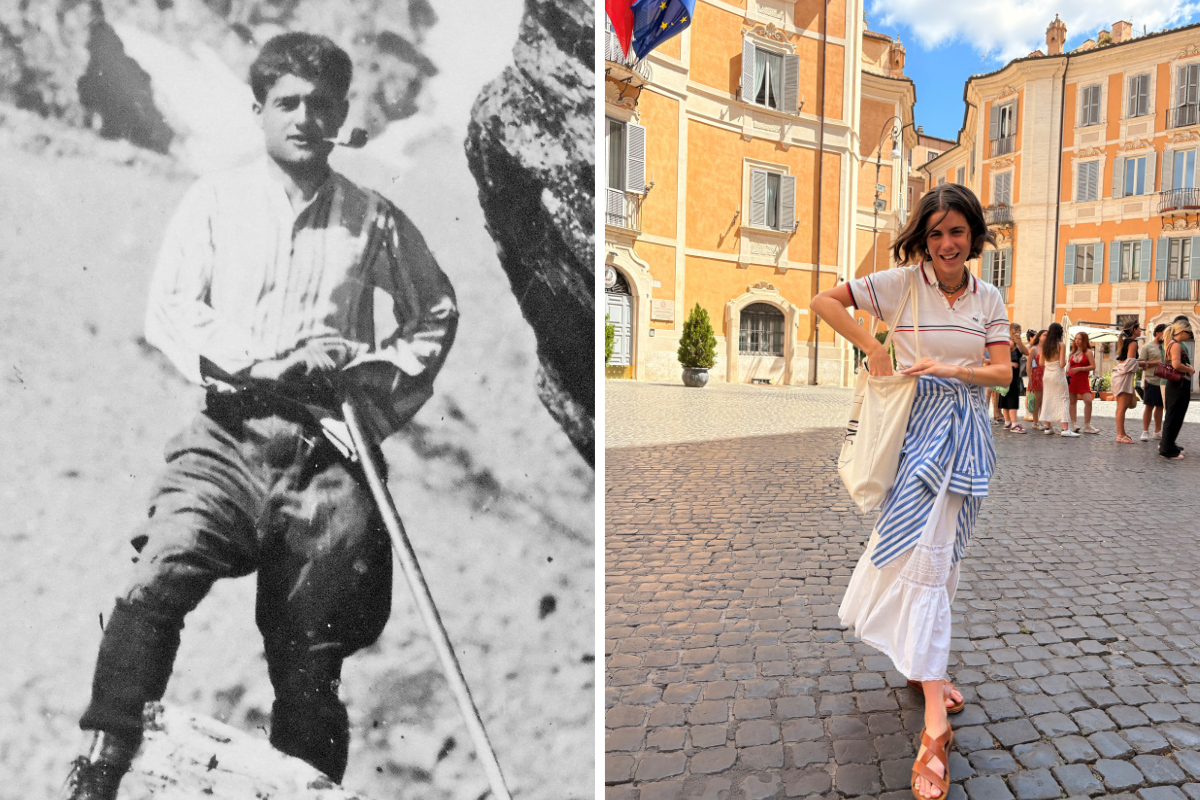
If you shared a closet with Venerable Satoko Kitahara, she would probably make you laugh as she braids your hair and reminds you of God’s providence in all things. If you borrowed her clothes, you would notice the floral silk kimonos she received from her family and her simple cotton floral sundress she wore when she began her ministry to the poor. The florals reflect the springtime of the Gospel alive in her heart that spread life to all souls she encountered through her joy. Silk is a textile that calls to mind anointing, as the holy oils used for sacraments are often stored in vessels covered with silk.
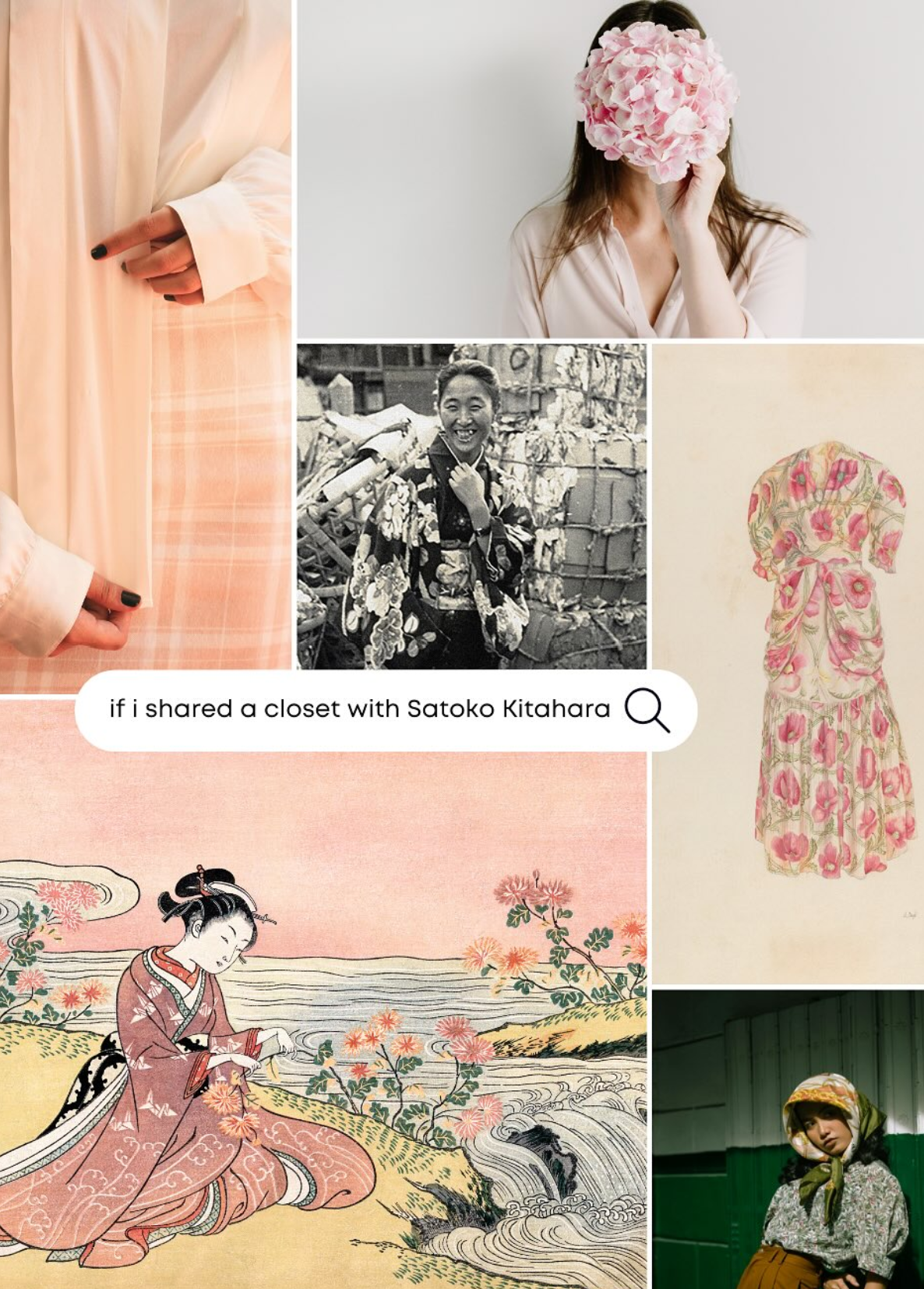
If you shared a closet with Blessed Concepción Cabrera de Armida (“Conchita”), you would get the best relationship advice, and she would probably have you try on a few outfits until you feel just right about your attire. If you borrowed her clothes, you might choose one of her lace petticoats or embroidered blouses. The lace reflects how she gave her life to Christ, first through her vocation as a married wife and mother and then as a consecrated bride to Christ after her husband’s passing.
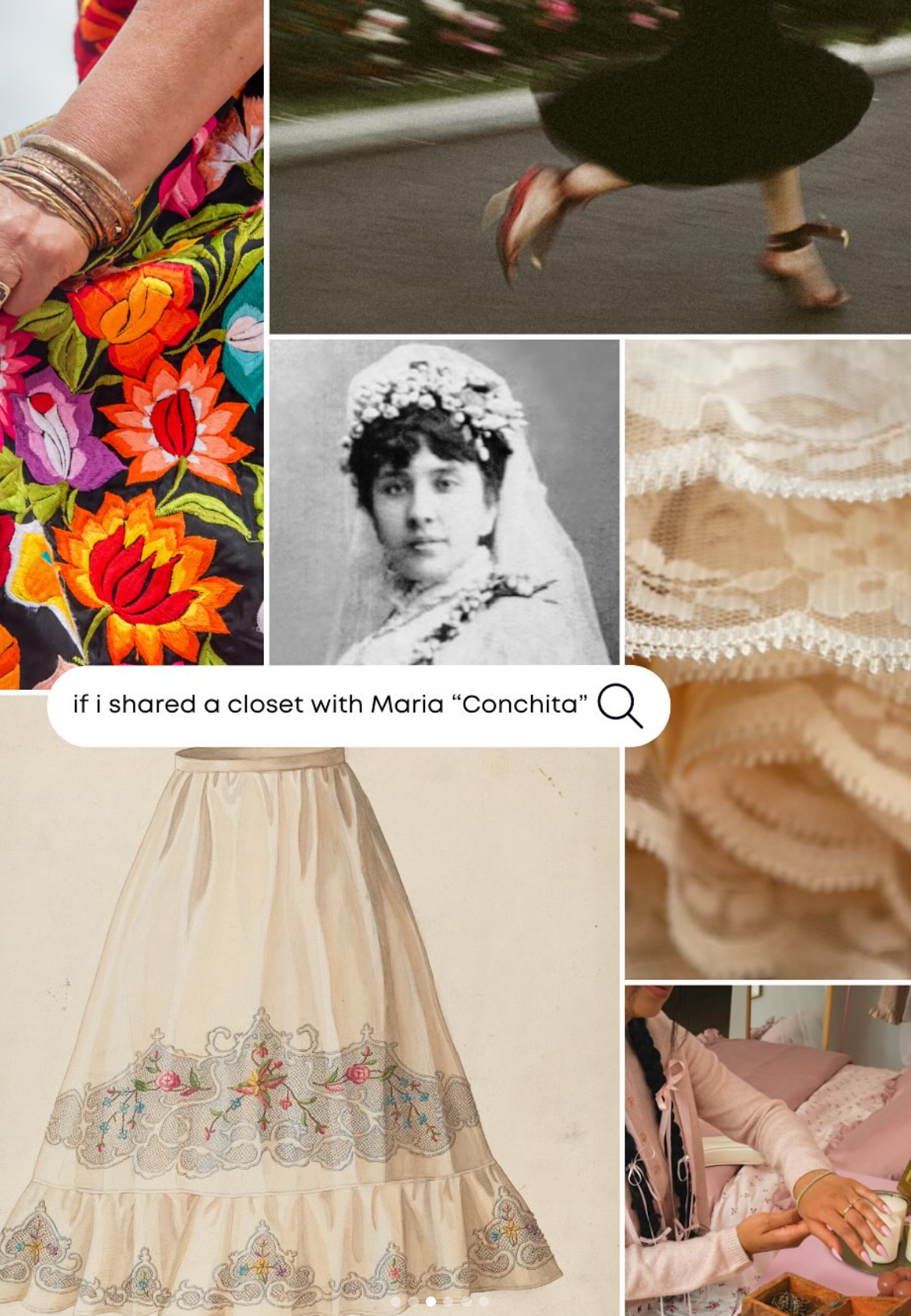
If you shared a closet with St. Gianna Molla, she would immediately show you her favorite Paris fashion magazines for inspiration and encourage you in the seasons of waiting — that the Lord meets you here. If you borrowed her clothes, you would have a selection of delicate blouses, ski pants, wool skirts and her favorite fur-collared coat. Her garments communicate the beauty of the Gospel from the classic silhouettes to her sporty ensembles that reveal the adventure of the virtuous life.

For Men
If you shared a closet with St. John Paul II, he would remind you to be present in your current season of life and dress accordingly. If you borrowed his clothes, you would find durable mountain pants and chic European hats, along with his favorite wool overcoat. His personal style reflects his teachings on theology of the body and his “Letter to Artists” (which encourages creativity in style).
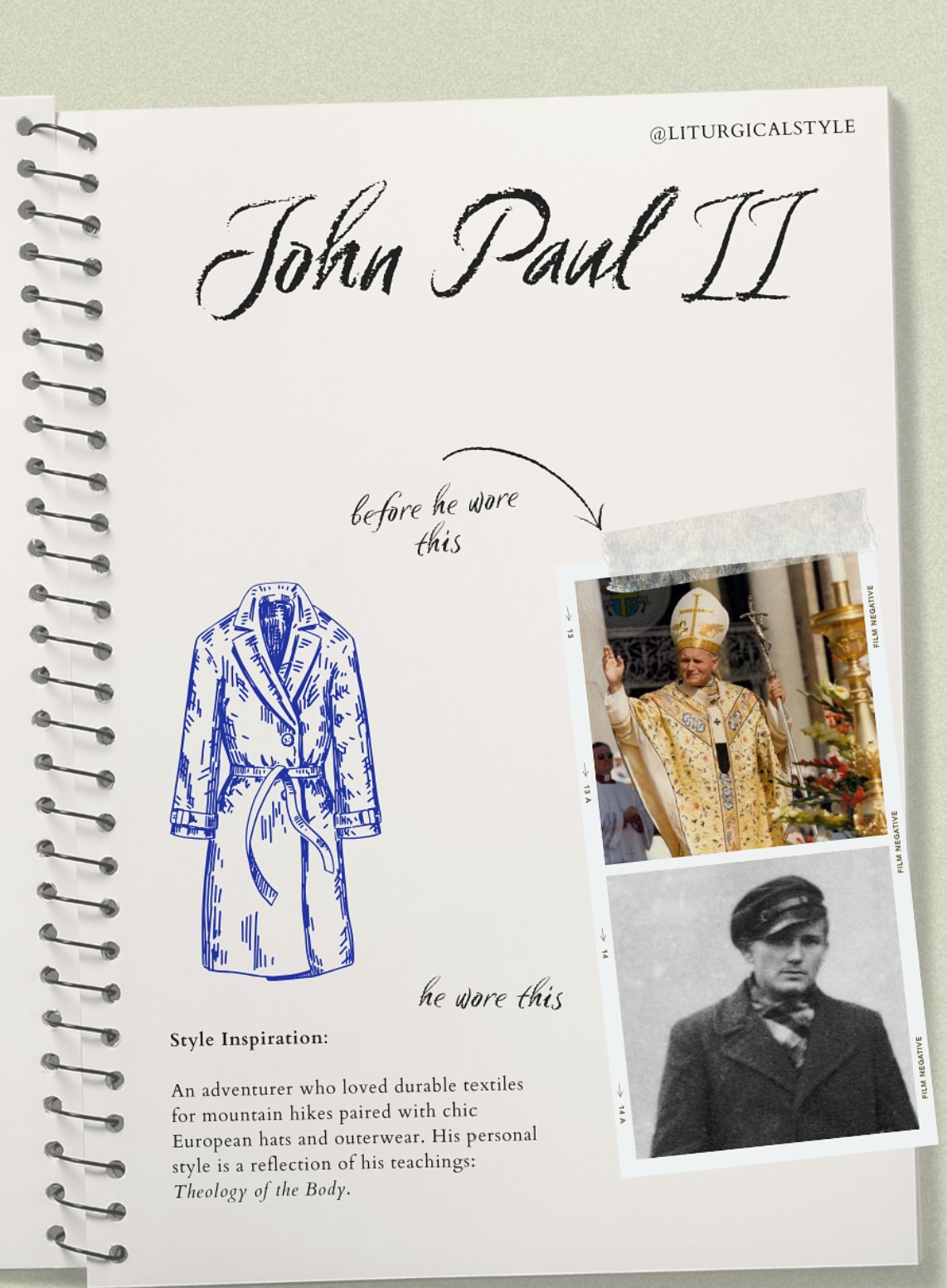
If you shared a closet with St. (Padre) Pio, he would remind you to put on the armor of God as you get dressed in the morning. If you borrowed his clothes, you would find many cotton T-shirts sewn up by family members and military pants. Attesting to his obedience to the Lord’s will and courage in the face of suffering, his garments reflect his perseverance, crafted with durability for farm life to war.
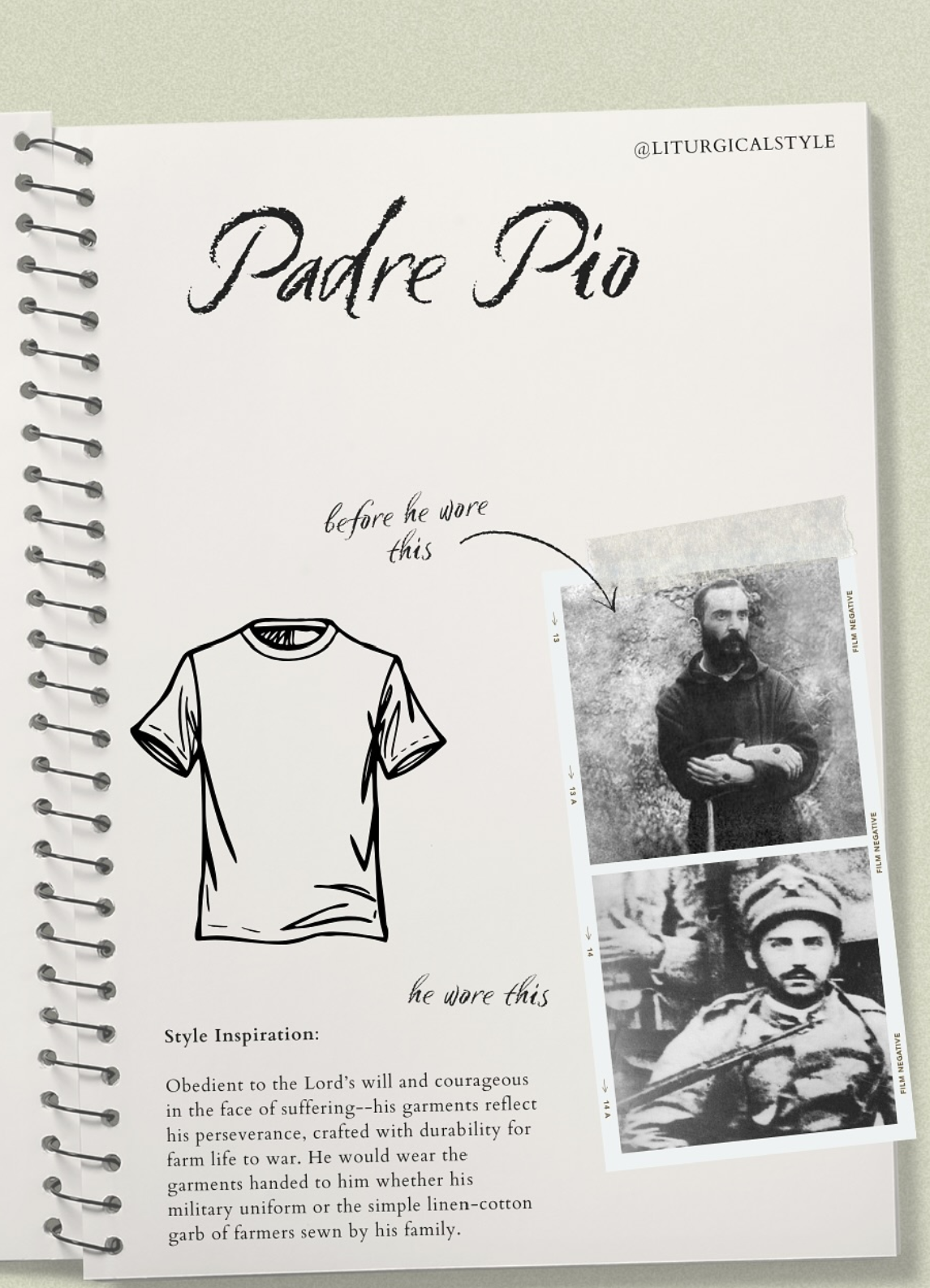
If you shared a closet with St. Oscar Romero, he would encourage you to avoid purchasing clothes from companies that mistreat their workers and remind you to think of the people who made your clothes. If you borrowed his clothes, you would find some simple button-down shirts, the white suit from his childhood, and his favorite straw hat. The white suit from his early years reflects his purity of heart and earnest intent to enter seminary at only 13 years old.

His straw hat points to his future advocacy for workers’ rights and the poor since this type of hat is often worn for jobs subject to long hours in the sun.
If you shared a closet with Blessed Lucien Botovasoa, he would share with you the significance of dressing with humility and detachment like St. Francis of Assisi. If you borrow his clothes, you would have simple options, from his khaki and tan-colored clothing to his daily pith helmet. He preferred to wear khakis as a sign of his consecration within the Third Order Lay Seculars.
- Keywords:
- catholic saints
- fashion









